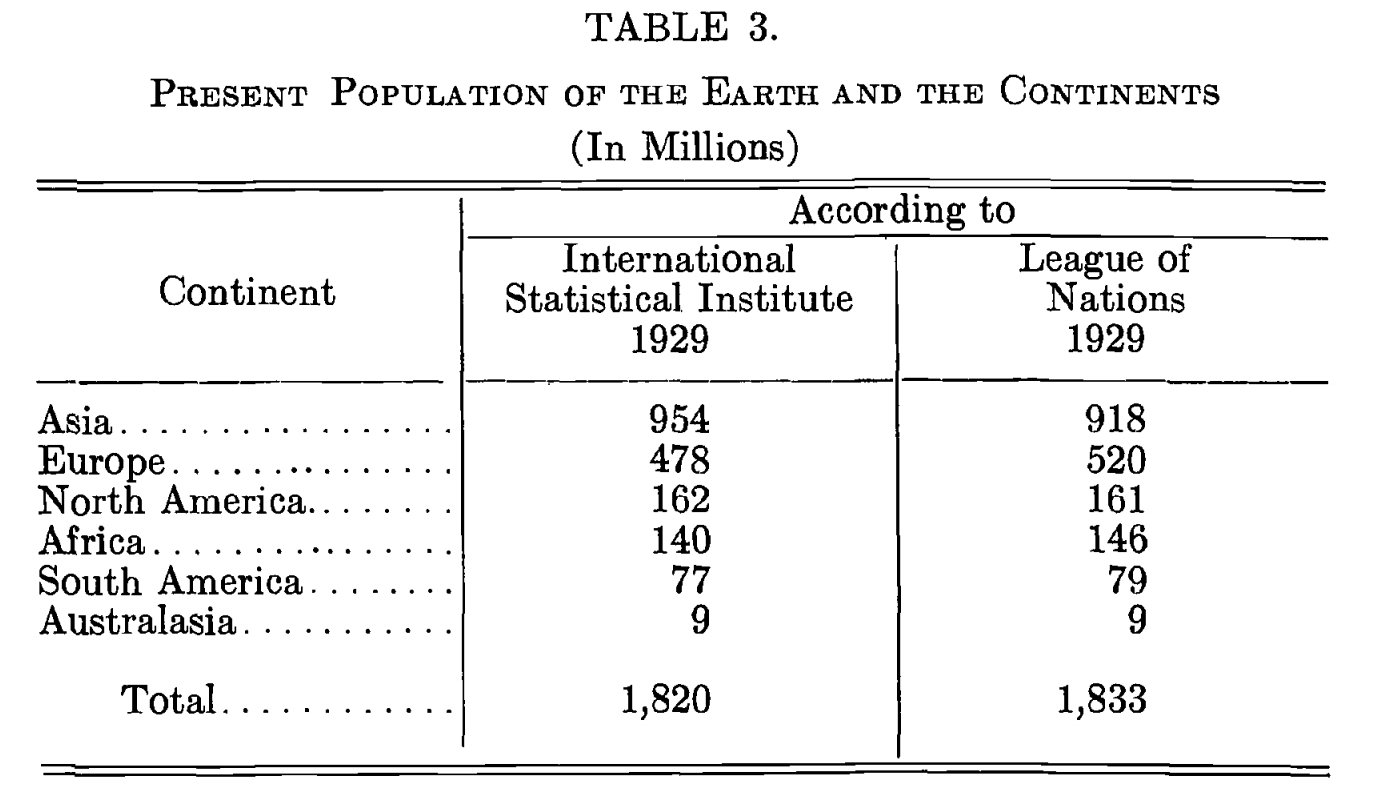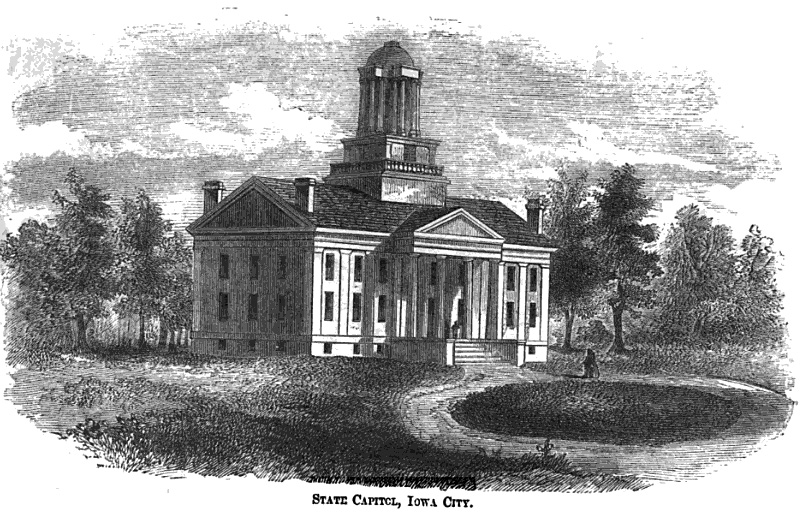|
Robert Hogg (statistician)
Robert Vincent ("Bob") Hogg (8 November 1924 – 23 December 2014) was an American statistician and professor of statistics of the University of Iowa. Hogg is known for his widely used textbooks on statistics (with his 1963 Ph.D. student Elliot Alan Tanis) and on mathematical statistics (with his 1950 Ph.D. advisor Allen Thornton Craig). Hogg has received recognition for his research on robust and adaptive nonparametric statistics and for his scholarship on total quality management and statistics education. Academic career Early life Born on 8 November 1924 in Hannibal, Missouri, Hogg served three years in the US Navy from 1943 through 1946. In 1947, he graduated from the University of Illinois with a bachelor's degree in mathematics. With the goal of becoming an actuary, Hogg matriculated at the mathematics department of the University of Iowa (then the " State University of Iowa").Pages 137–139 in Randles. However, Hogg studied statistics under Allen Craig, who be ... [...More Info...] [...Related Items...] OR: [Wikipedia] [Google] [Baidu] |
Hannibal, Missouri
Hannibal is a city along the Mississippi River in Marion and Ralls counties in the U.S. state of Missouri. According to the 2020 U.S. Census, the population was 17,312, making it the largest city in Marion County. The bulk of the city is in Marion County, with a tiny sliver in the south extending into Ralls County. Developed for river traffic, today the city is tied to vehicle traffic, intersected by Interstate 72 and U.S. Routes 24, 36, and 61. It is across the river from East Hannibal, Illinois. Hannibal is approximately northwest of St. Louis (also bordering the Mississippi), east-northeast of Kansas City and miles east of Saint Joseph (both cities on the Missouri River), and approximately west of Springfield, Illinois. Hannibal is not the county seat, but it has one of two county courthouses. There is also one in Palmyra, the county seat, which is located more centrally in the county. Hannibal is the principal city of the Hannibal, Missouri micropolitan area, which c ... [...More Info...] [...Related Items...] OR: [Wikipedia] [Google] [Baidu] |
International Statistical Institute
The International Statistical Institute (ISI) is a professional association of statisticians. It was founded in 1885, although there had been international statistical congresses since 1853. The institute has about 4,000 elected members from government, academia, and the private sector. The affiliated Associations have membership open to any professional statistician. The institute publishes a variety of books and journals, and holds an international conference every two years. The biennial convention was commonly known as the ISI Session; however, since 2011, it is now referred to as the ISI World Statistics Congress. The permanent office of the institute is located in the Statistics Netherlands building in Leidschenveen (The Hague), in the Netherlands. Specialized Associations ISI serves as an umbrella for seven specialized Associations: * Bernoulli Society for Mathematical Statistics and Probability (BS) *International Association for Statistical Computing (IASC) *Internatio ... [...More Info...] [...Related Items...] OR: [Wikipedia] [Google] [Baidu] |
Deb Basu
Debabrata Basu (5 July 1924 – 24 March 2001) was an Indian statistician who made fundamental contributions to the foundations of statistics. Basu invented simple examples that displayed some difficulties of likelihood-based statistics and frequentist statistics; Basu's paradoxes were especially important in the development of survey sampling. In statistical theory, Basu's theorem established the independence of a complete sufficient statistic and an ancillary statistic. Page i in Basu was associated with the Indian Statistical Institute in India, and Florida State University in the United States.Page i in "Preface" to IMS festschrift. Biography Debabrata Basu was born in Dacca, Bengal, unpartitioned India, now Dhaka, Bangladesh. His father, N. M. Basu, was a mathematician specialising in number theory. Young Basu studied mathematics at Dacca University. He took a course in statistics as part of the under-graduate honours programme in Mathematics but his ambition was to ... [...More Info...] [...Related Items...] OR: [Wikipedia] [Google] [Baidu] |
State University Of Iowa
The University of Iowa (UI, U of I, UIowa, or simply Iowa) is a public research university in Iowa City, Iowa, United States. Founded in 1847, it is the oldest and largest university in the state. The University of Iowa is organized into 12 colleges offering more than 200 areas of study and seven professional degrees. On an urban 1,880-acre campus on the banks of the Iowa River, the University of Iowa is classified among "R1: Doctoral Universities – Very high research activity". In fiscal year 2021, research expenditures at Iowa totaled $818 million. The university is best known for its programs in health care, law, and the fine arts, with programs ranking among the top 25 nationally in those areas. The university was the original developer of the Master of Fine Arts degree and it operates the Iowa Writers' Workshop, which has produced 17 of the university's 46 Pulitzer Prize winners. Iowa is a member of the Association of American Universities, the Universities Research Asso ... [...More Info...] [...Related Items...] OR: [Wikipedia] [Google] [Baidu] |
Actuary
An actuary is a business professional who deals with the measurement and management of risk and uncertainty. The name of the corresponding field is actuarial science. These risks can affect both sides of the balance sheet and require asset management, liability management, and valuation skills. Actuaries provide assessments of financial security systems, with a focus on their complexity, their mathematics, and their mechanisms. While the concept of insurance dates to antiquity, the concepts needed to scientifically measure and mitigate risks have their origins in the 17th century studies of probability and annuities. Actuaries of the 21st century require analytical skills, business knowledge, and an understanding of human behavior and information systems to design and manage programs that control risk. The actual steps needed to become an actuary are usually country-specific; however, almost all processes share a rigorous schooling or examination structure and take many years ... [...More Info...] [...Related Items...] OR: [Wikipedia] [Google] [Baidu] |
US Navy
The United States Navy (USN) is the maritime service branch of the United States Armed Forces and one of the eight uniformed services of the United States. It is the largest and most powerful navy in the world, with the estimated tonnage of its active battle fleet alone exceeding the next 13 navies combined, including 11 allies or partner nations of the United States as of 2015. It has the highest combined battle fleet tonnage (4,635,628 tonnes as of 2019) and the world's largest aircraft carrier fleet, with eleven in service, two new carriers under construction, and five other carriers planned. With 336,978 personnel on active duty and 101,583 in the Ready Reserve, the United States Navy is the third largest of the United States military service branches in terms of personnel. It has 290 deployable combat vessels and more than 2,623 operational aircraft . The United States Navy traces its origins to the Continental Navy, which was established during the American Revolut ... [...More Info...] [...Related Items...] OR: [Wikipedia] [Google] [Baidu] |
Statistics Education
Statistics education is the practice of teaching and learning of statistics, along with the associated scholarly research. Statistics is both a formal science and a practical theory of scientific inquiry, and both aspects are considered in statistics education. Education in statistics has similar concerns as does education in other mathematical sciences, like logic, mathematics, and computer science. At the same time, statistics is concerned with evidence-based reasoning, particularly with the analysis of data. Therefore, education in statistics has strong similarities to education in empirical disciplines like psychology and chemistry, in which education is closely tied to "hands-on" experimentation. Mathematicians and statisticians often work in a department of mathematical sciences (particularly at colleges and small universities). Statistics courses have been sometimes taught by non-statisticians, against the recommendations of some professional organizations of statisticians ... [...More Info...] [...Related Items...] OR: [Wikipedia] [Google] [Baidu] |
Scholarship
A scholarship is a form of financial aid awarded to students for further education. Generally, scholarships are awarded based on a set of criteria such as academic merit, diversity and inclusion, athletic skill, and financial need. Scholarship criteria usually reflect the values and goals of the donor of the award, and while scholarship recipients are not required to repay scholarships, the awards may require that the recipient continue to meet certain requirements during their period of support, such maintaining a minimum grade point average or engaging in a certain activity (e.g., playing on a school sports team for athletic scholarship holders). Scholarships also range in generosity; some range from covering partial tuition ranging all the way to a 'full-ride', covering all tuition, accommodation, housing and others. Some prestigious, highly competitive scholarships are well-known even outside the academic community, such as Fulbright Scholarship and the Rhodes Scholar ... [...More Info...] [...Related Items...] OR: [Wikipedia] [Google] [Baidu] |
Sequential Analysis
In statistics, sequential analysis or sequential hypothesis testing is statistical analysis where the sample size is not fixed in advance. Instead data are evaluated as they are collected, and further sampling is stopped in accordance with a pre-defined stopping rule as soon as significant results are observed. Thus a conclusion may sometimes be reached at a much earlier stage than would be possible with more classical hypothesis testing or estimation, at consequently lower financial and/or human cost. History The method of sequential analysis is first attributed to Abraham Wald with Jacob Wolfowitz, W. Allen Wallis, and Milton Friedman while at Columbia University's Statistical Research Group as a tool for more efficient industrial quality control during World War II. Its value to the war effort was immediately recognised, and led to its receiving a "restricted" classification. At the same time, George Barnard led a group working on optimal stopping in Great Britain. Ano ... [...More Info...] [...Related Items...] OR: [Wikipedia] [Google] [Baidu] |
Robust Statistics
Robust statistics are statistics with good performance for data drawn from a wide range of probability distributions, especially for distributions that are not normal. Robust statistical methods have been developed for many common problems, such as estimating location, scale, and regression parameters. One motivation is to produce statistical methods that are not unduly affected by outliers. Another motivation is to provide methods with good performance when there are small departures from a parametric distribution. For example, robust methods work well for mixtures of two normal distributions with different standard deviations; under this model, non-robust methods like a t-test work poorly. Introduction Robust statistics seek to provide methods that emulate popular statistical methods, but which are not unduly affected by outliers or other small departures from Statistical assumption, model assumptions. In statistics, classical estimation methods rely heavily on assumpti ... [...More Info...] [...Related Items...] OR: [Wikipedia] [Google] [Baidu] |
Mathematical Statistics
Mathematical statistics is the application of probability theory, a branch of mathematics, to statistics, as opposed to techniques for collecting statistical data. Specific mathematical techniques which are used for this include mathematical analysis, linear algebra, stochastic analysis, differential equations, and measure theory. Introduction Statistical data collection is concerned with the planning of studies, especially with the design of randomized experiments and with the planning of surveys using random sampling. The initial analysis of the data often follows the study protocol specified prior to the study being conducted. The data from a study can also be analyzed to consider secondary hypotheses inspired by the initial results, or to suggest new studies. A secondary analysis of the data from a planned study uses tools from data analysis, and the process of doing this is mathematical statistics. Data analysis is divided into: * descriptive statistics - the part of st ... [...More Info...] [...Related Items...] OR: [Wikipedia] [Google] [Baidu] |



%2C_American_mathematician_and_actuary.jpeg)

.jpg)